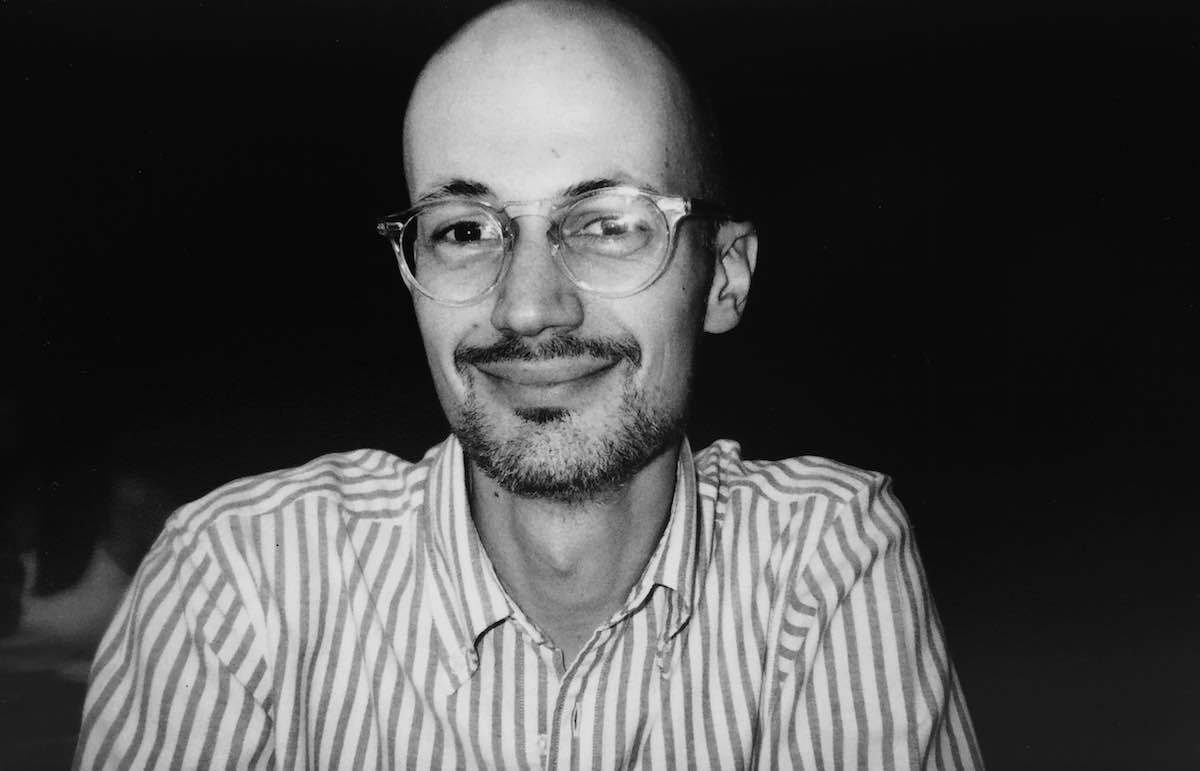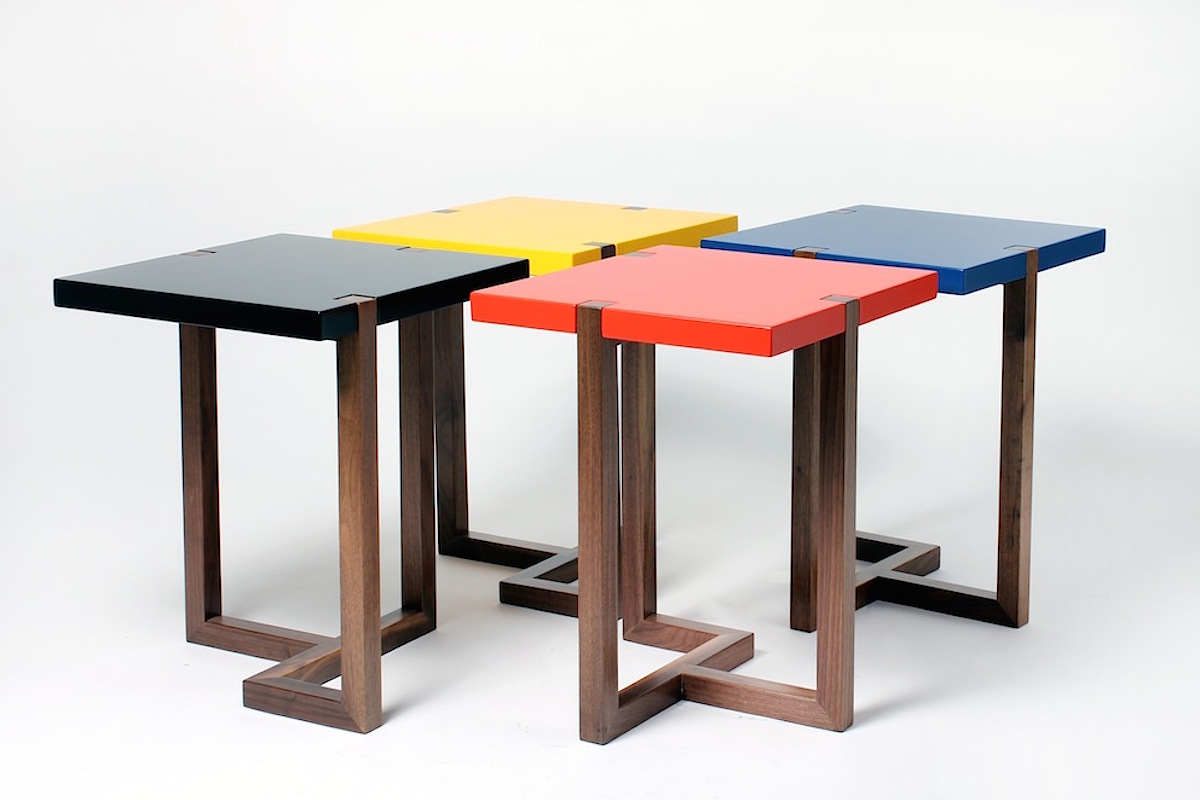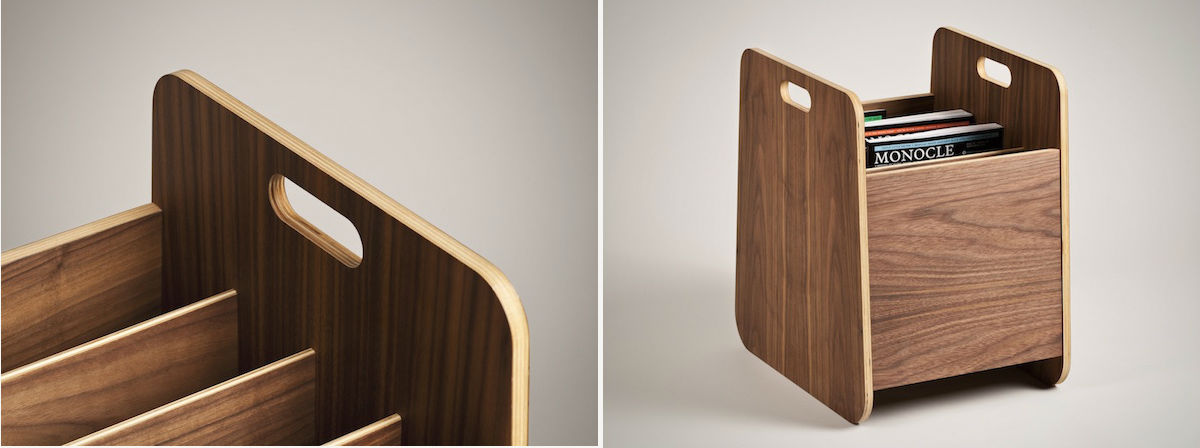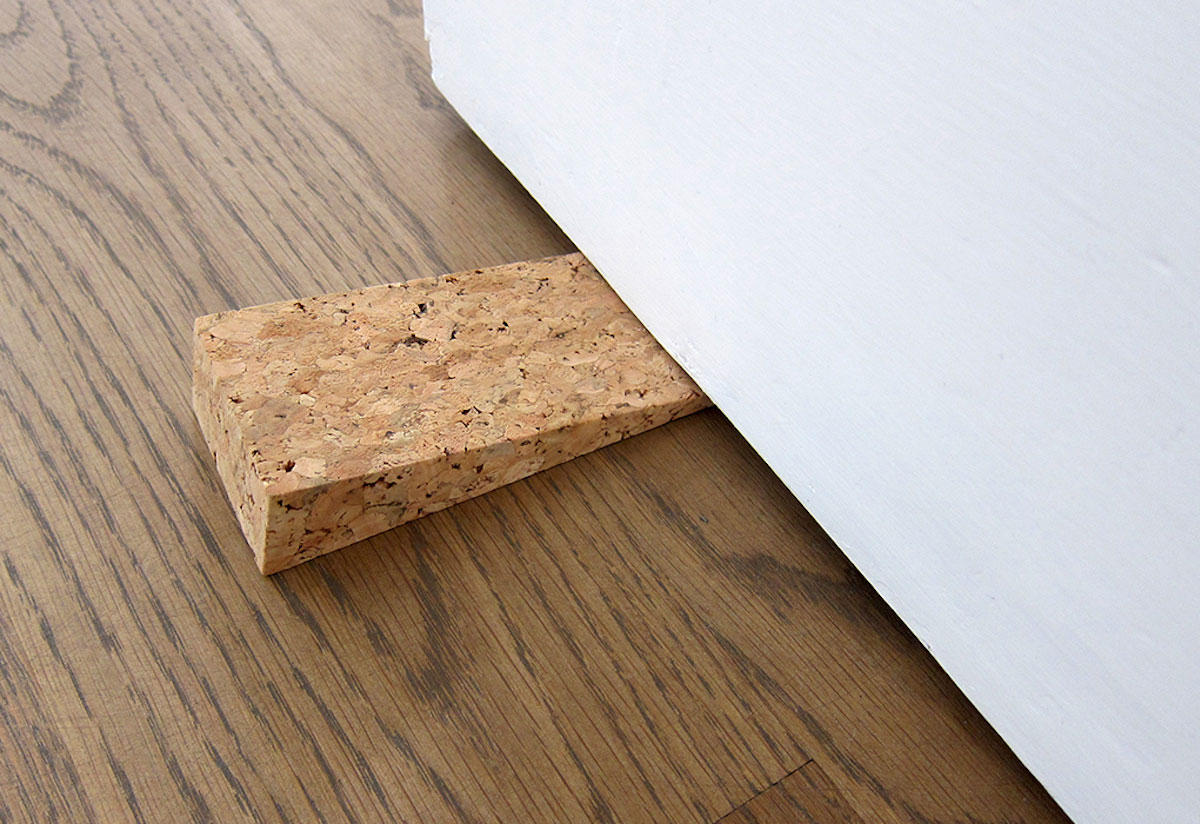Interview: Designer Hugo Passos
Discussing the importance of functionality and purpose in furniture creation


By Adam Coghlan
At 32, Hugo Passos is one of London’s most exciting young designers. With a refreshing purity of purpose, he exists slightly outside creative London’s esoteric clique.
“When I was growing up, Portugal was a traditional place, almost shocking, and there wasn’t much information,” Passos tells CH. “To this day, there’s not an iconic furniture designer in Portugal.” But through the discovery of Le Corbusier, Passos found an obsession. “It was a passion,” he says. He would spend his spare time in the library and secretly saved his lunch money to buy books. It was a very bare industrial look that captivated him and, he says, “still makes sense, somehow; it was very direct.” As with many creative innovations, the gradual erosion of novelty runs in tandem with a mainstream embrace. And it is in reference to the minimalist industrial aesthetic that he talks about his preferred style having become “cliché.” With the frustration of an early adopter, he tells CH, “Then, things were different.”

In college he would study Industrial Design. “It was between that or becoming an artist. The abstraction of art seemed to be more confusing and less direct than making things for people to use,” he says. When asked about Functionalism, he laughs and refers to Dieter Rams who famously dismissed “isms.” Functionality does however have meaning both to Rams and to Passos, who goes on to list words that do mean something to him: performance, adequacy and purpose. He expresses a passion for “things that do what they’re supposed to. No bullshit.” True to this statement, the materials, structure and ergonomics are foremost in the designs for his tables and magazine rack.

“Design is as much a service and a profession as any other,” he says. Passos possesses an interest not just in furniture and architecture, but also in what he refers to as “everyday things,” and “the human scale to objects” more generally. He seems to draw contrast, and clarify his point, by lamenting the need to ever “erect a temple.” His most recent piece—the cork wedge, which uses raw material from his native Portugal—is testament to this. It is easy to share his appreciation for the objective simplicity in its design. He calls the wedge “an update on an old brutal function.”

It’s interesting to learn that he doesn’t see design as art, per se. And although he recognizes this as a subject of lively debate, Passos reemphasizes that a design should primarily serve a necessary purpose, “It can be artistic, but design is about problem-solving,” he says. He implies that a design’s artistic value may be incidental, even accidental, but that it is always something which comes “later on.”

It would be easy to label this approach as linear and purist, maybe even an affectation rooted in authenticity and nostalgia. But his enthusiasm for all objects and subjects is infectious; he’s compelling when discussing his interests and influences across different mediums beyond the likes of Marcel Breuer and Mies van der Rohe. In art and film, he finds the approach a source of inspiration; what he calls an attitude. “It’s not as simple as looking at another designer… or imagining a dull finished product,” he says. He goes on to say that through design he aims to push the limitations of his materials but that he’s “aware of the responsibilities that exist in the realm of consumable products.”
Passos is an avid collector of all things from cutlery to lamps. And for all his emphasis on and dedication to purpose, his perception for beauty and aesthetics is acute. What’s more, it seems that it’s in function where he often sees a valid form of beauty. “My design is about daily life; what’s the point in having things if they don’t give you pleasure?”
Lead image by Adam Coghlan; all other images courtesy of Hugo Passos












